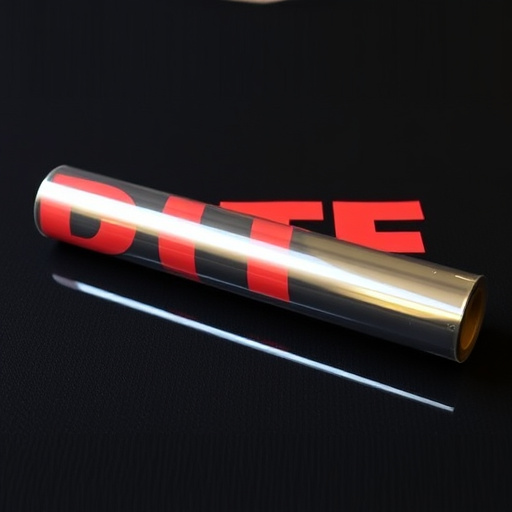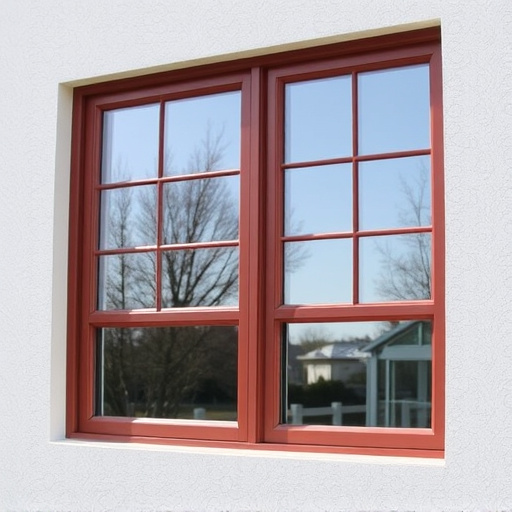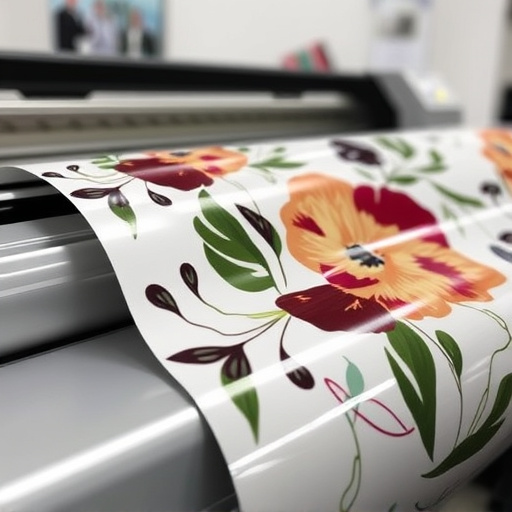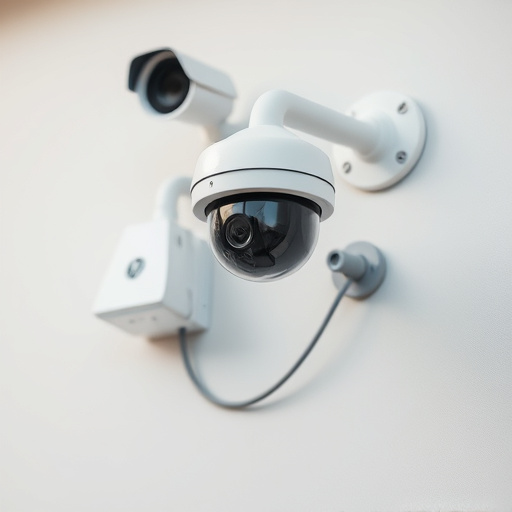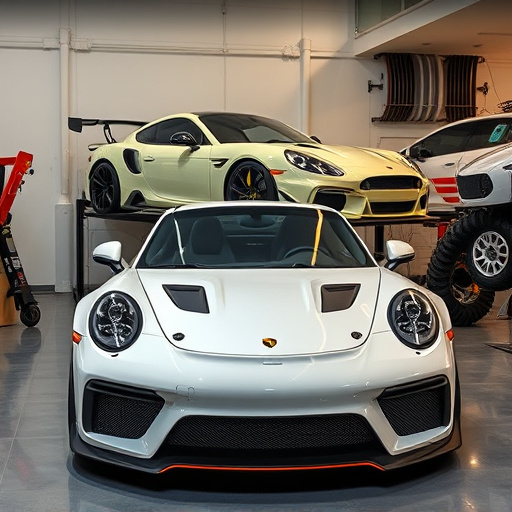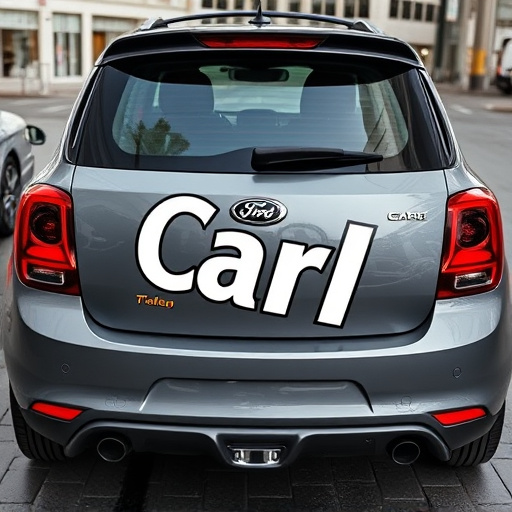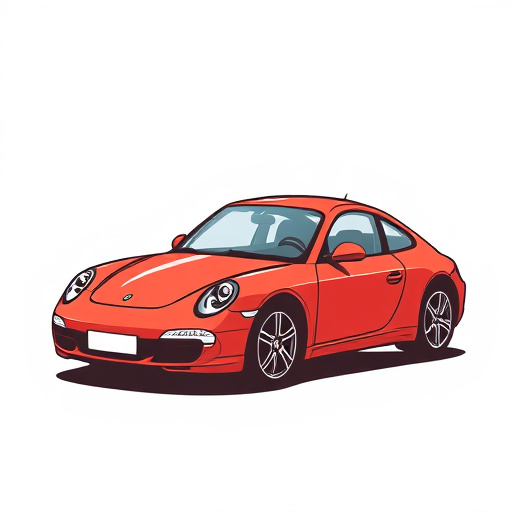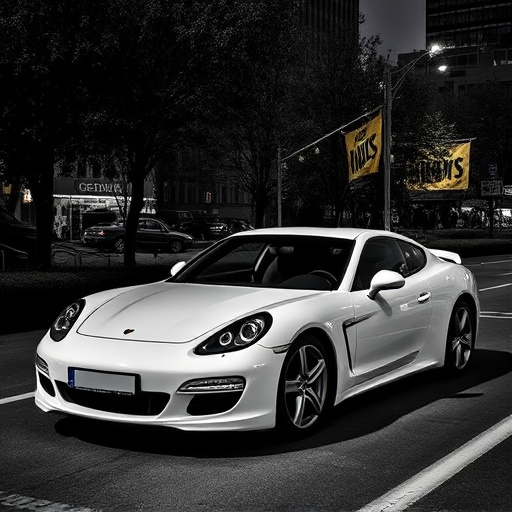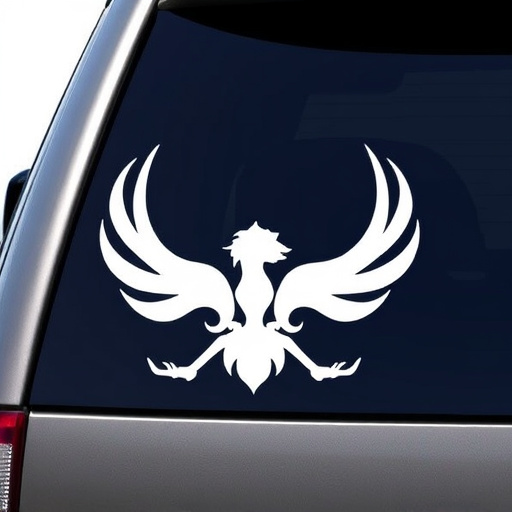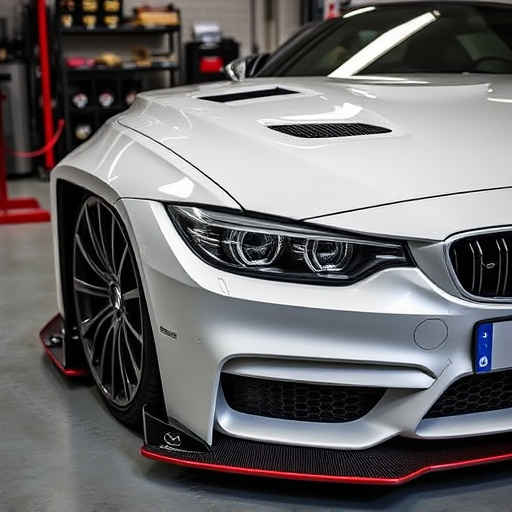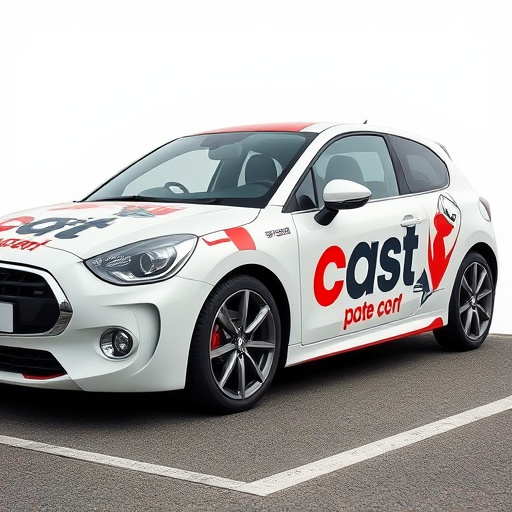Heat rejection tinting is a cutting-edge technology that blocks harmful UV and infrared (IR) rays from sunlight, keeping vehicles cool and preventing interior heating. Unlike traditional tints, it targets the full spectrum of sunlight, protecting interiors from fading and damage while enhancing fuel efficiency. Opt for ceramic window tints for both efficiency and protection, allowing visible light passage. Custom vehicle wraps with heat rejection tinting offer year-round comfort, reducing energy costs and promoting sustainability.
Discover the transformative power of heat rejection tinting—a cutting-edge technology that goes beyond mere aesthetics. This innovative process blocks harmful UV and infrared rays, offering a range of benefits for both residential and commercial spaces. From reduced energy costs to enhanced interior comfort, these tinted windows are a game-changer. Learn how to choose the ideal heat rejection solution for your specific needs and embrace a brighter, cooler future. Explore the science behind this technology and its profound impact on our daily lives.
- Understanding Heat Rejection Tinting Technology
- Benefits of Blocking UV and Infrared Rays
- Selecting the Right Heat Rejection Windows for Your Space
Understanding Heat Rejection Tinting Technology
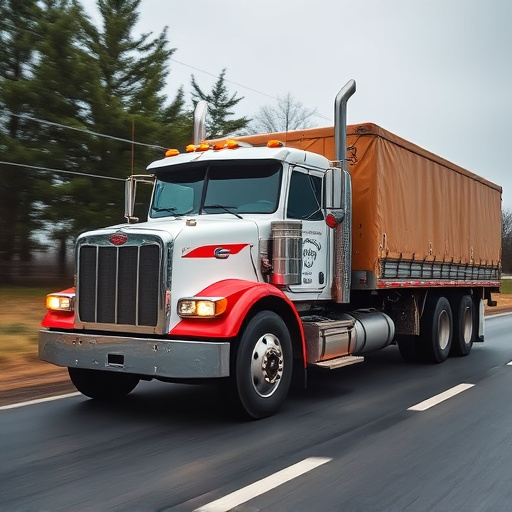
Heat rejection tinting is a cutting-edge technology designed to keep vehicles cool and protect their interiors from harmful UV and infrared (IR) rays. Unlike traditional window tints that primarily block visible light, this advanced system targets the full spectrum of sunlight, including both visible and invisible components. By blocking IR radiation, which contributes significantly to interior heating, heat rejection tinting films create a cooler, more comfortable driving environment.
This innovative technology is achieved through the use of specialized ceramic particles embedded in the tint film. These particles absorb and reflect IR rays, preventing them from penetrating the vehicle’s windows. As a result, the interior stays cooler, reducing the need for air conditioning and saving energy. Furthermore, by blocking UV rays, heat rejection tinting also offers essential vehicle protection against fading and damage to both passengers and interiors, making it an ideal choice for automotive detailing enthusiasts who prioritize both style and longevity.
Benefits of Blocking UV and Infrared Rays

Blocking UV and infrared rays with heat rejection tinting offers numerous benefits for both vehicle owners and their cars. One of the primary advantages is the protection it provides against harmful UV radiation, which can cause premature fading and damage to car interiors, including seats, dashboards, and other plastic components. By blocking these rays, heat rejection tinting helps maintain the aesthetic appeal and value of a vehicle over time, making it an essential consideration for those who want to preserve their investment in automotive detailing.
Additionally, infrared ray rejection is crucial for maintaining a comfortable interior environment. Infrared radiation contributes to the overall heat buildup inside a car, even on cooler days. Heat rejection tinting acts as a protective coating, reflecting these rays and preventing them from penetrating the vehicle’s windows. This not only reduces the need for frequent air conditioning but also enhances fuel efficiency by lowering the internal temperature, making long drives more enjoyable and sustainable.
Selecting the Right Heat Rejection Windows for Your Space
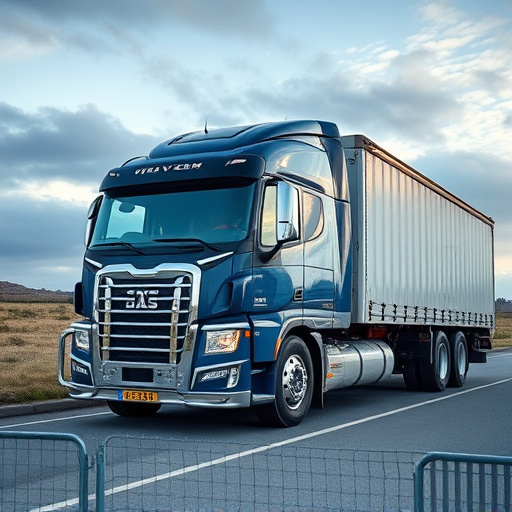
When considering heat rejection tinting for your space, it’s crucial to select windows that offer both efficiency and protection. Not all window tints are created equal; some are better at blocking UV and infrared rays than others. Look for ceramic window tinting options, known for their superior performance in rejecting heat while allowing visible light passage. This type of tinting is not only effective but also safe for your interior furnishings and health by filtering out harmful UV radiation.
Custom vehicle wraps might seem like a niche concern, but they can be highly relevant for spaces with custom architecture or those seeking an aesthetic upgrade. The right heat rejection tinting, whether applied to cars or homes, should provide year-round comfort by reducing solar heat gain during warmer months and minimizing the need for excessive air conditioning. This not only saves energy costs but also contributes to a more sustainable environment.
Heat rejection tinting is a game-changer in managing indoor comfort. By blocking both ultraviolet (UV) and infrared (IR) rays, this technology offers a wide range of benefits, from reducing energy costs to enhancing occupant health and safety. When considering heat rejection windows, it’s essential to select products that meet your specific needs and environmental conditions. Investing in the right tinting solution can significantly improve your space’s efficiency, comfort, and longevity, making it a smart choice for any building project or retrofit.

